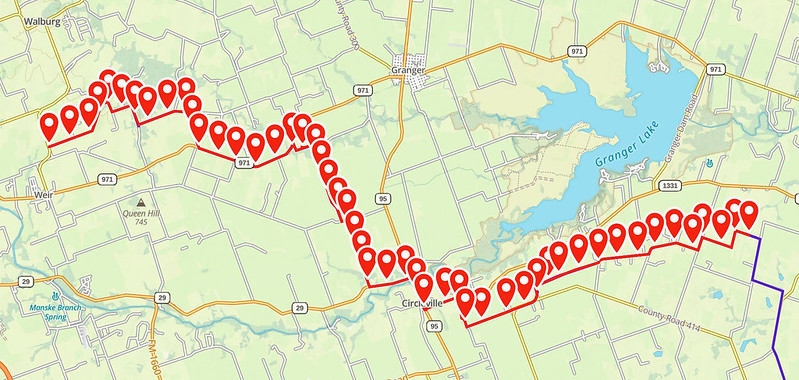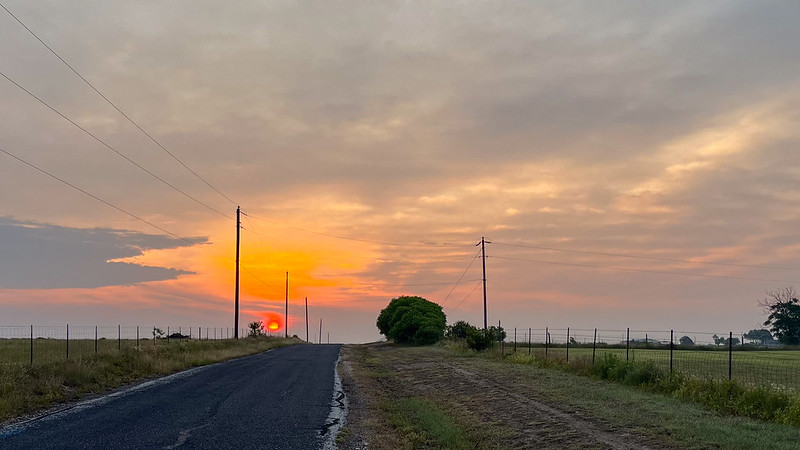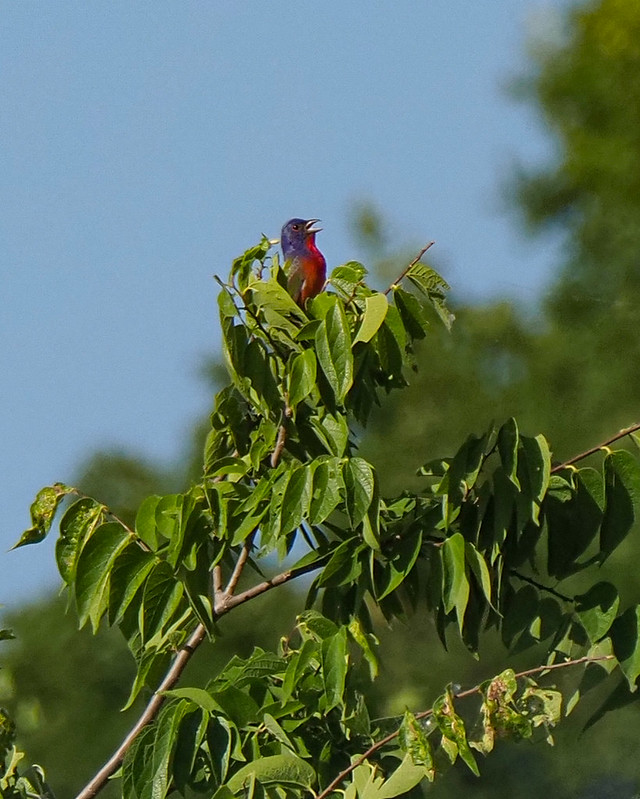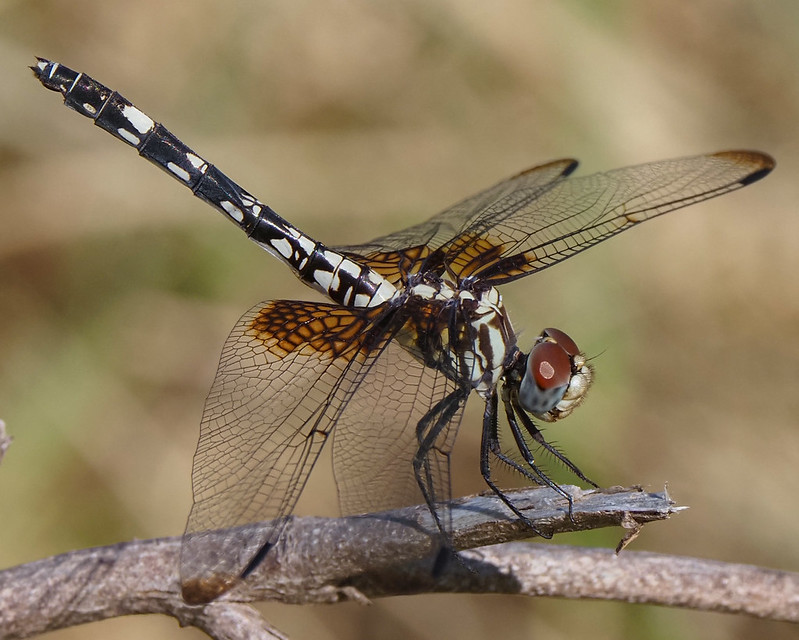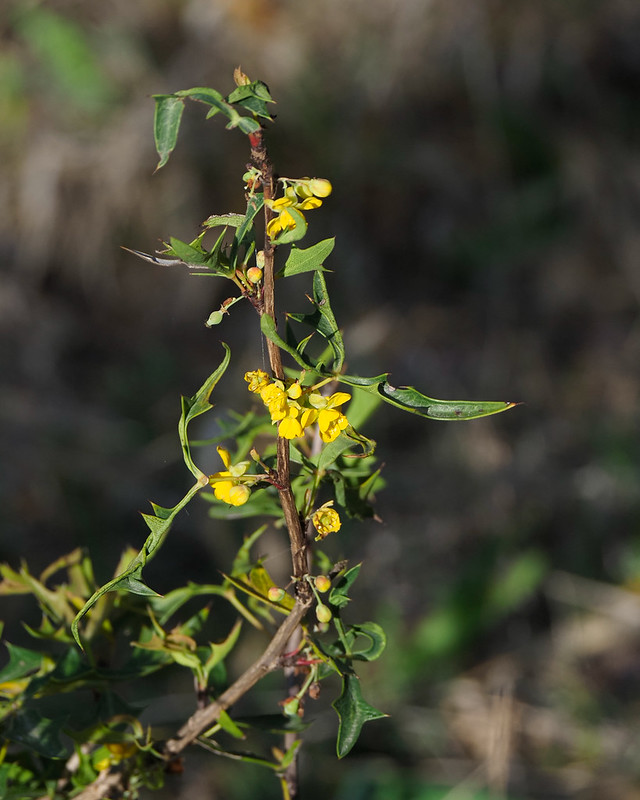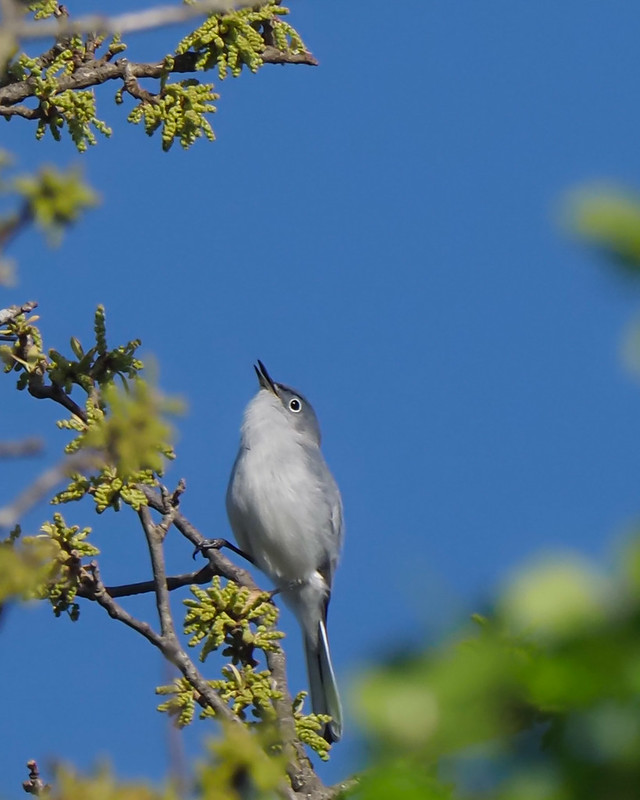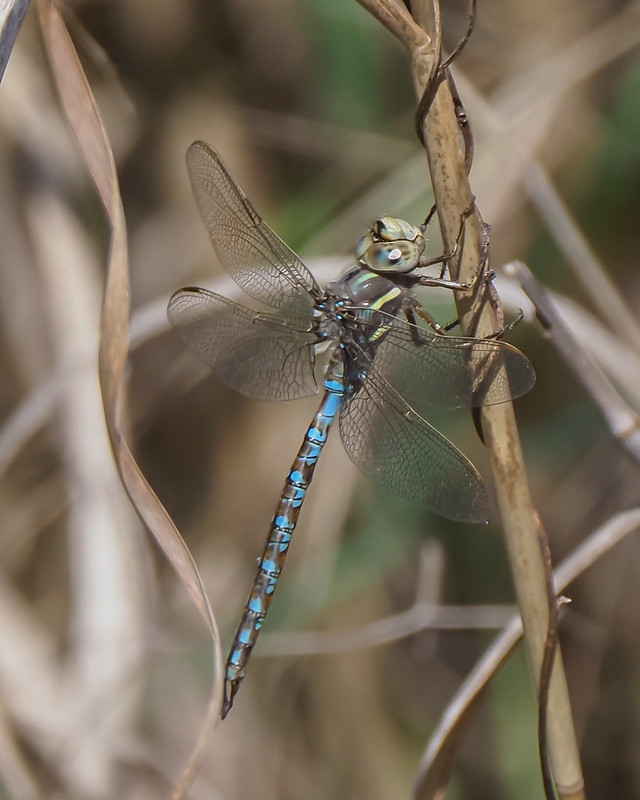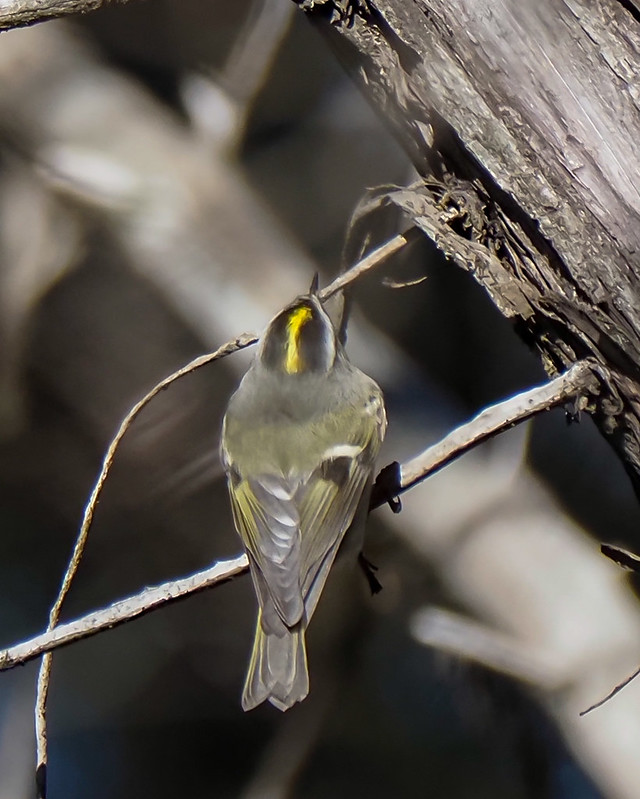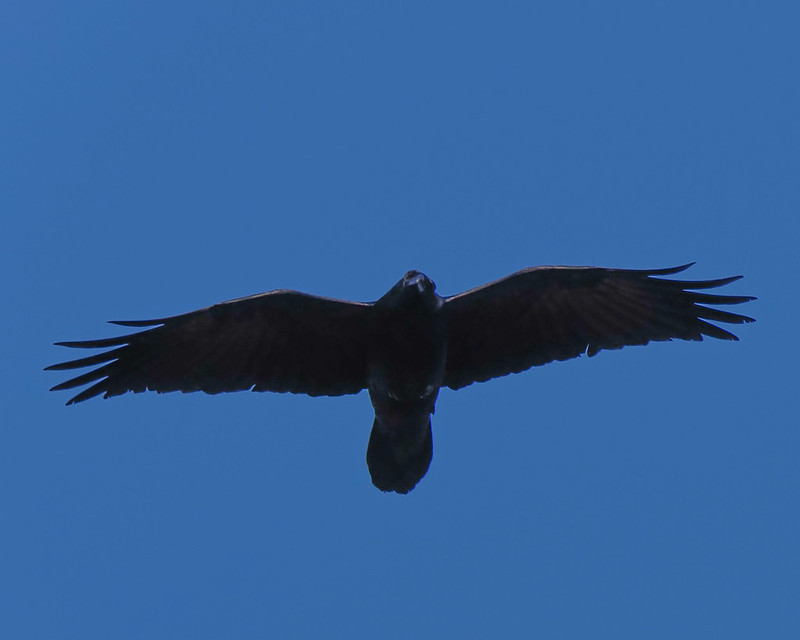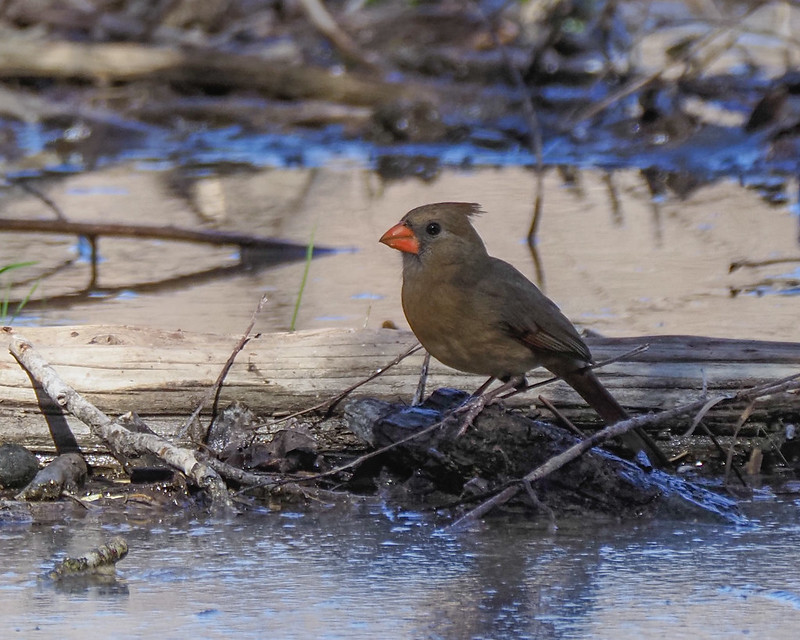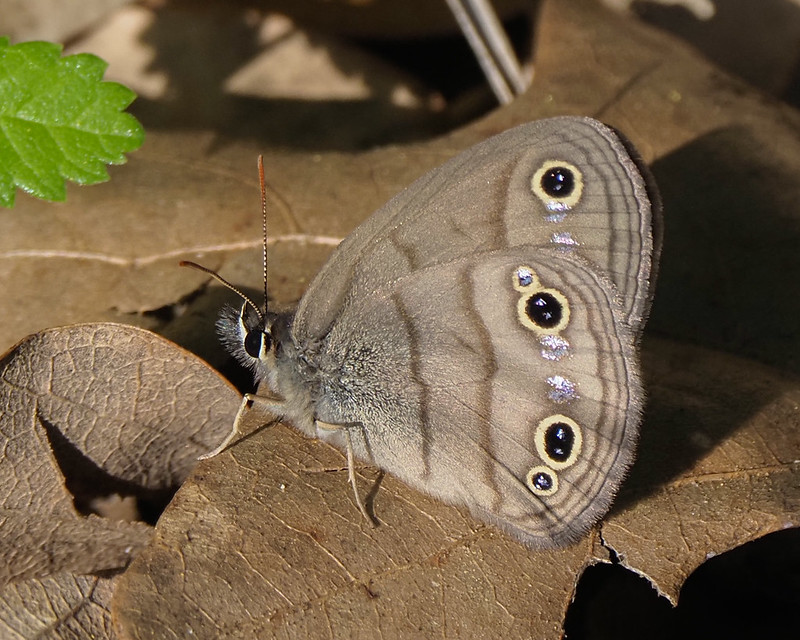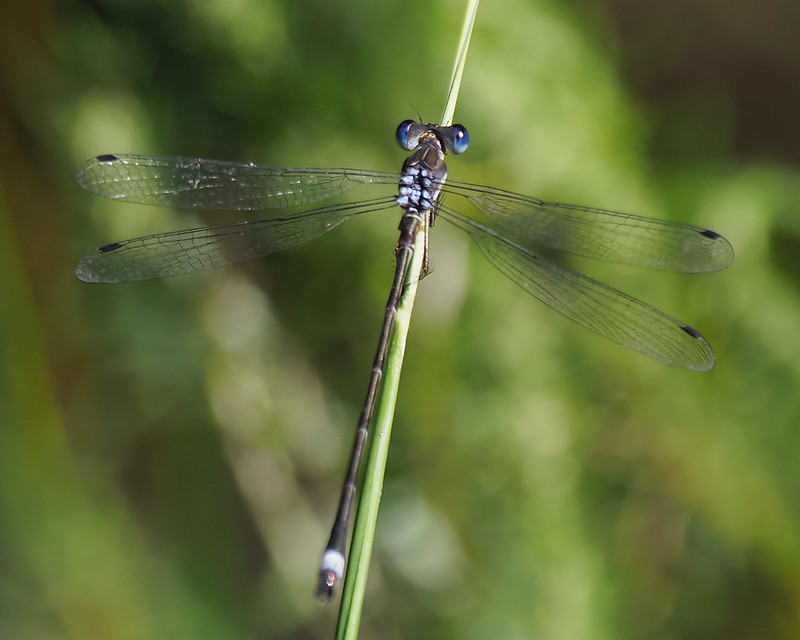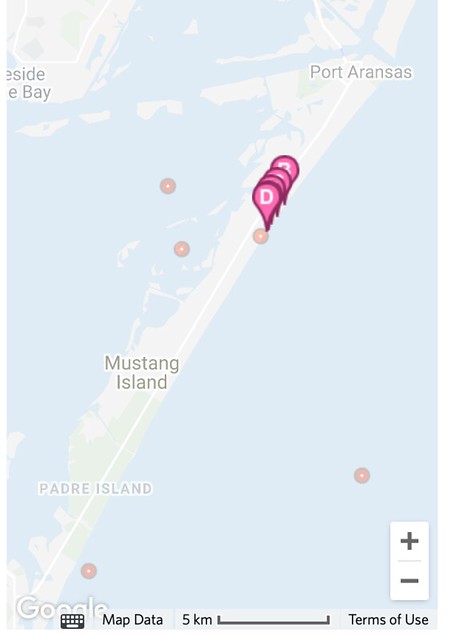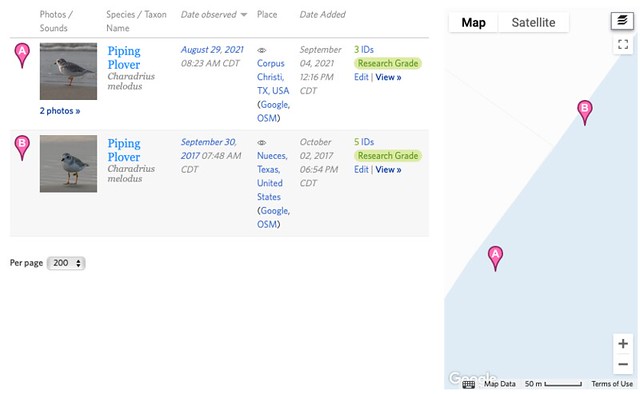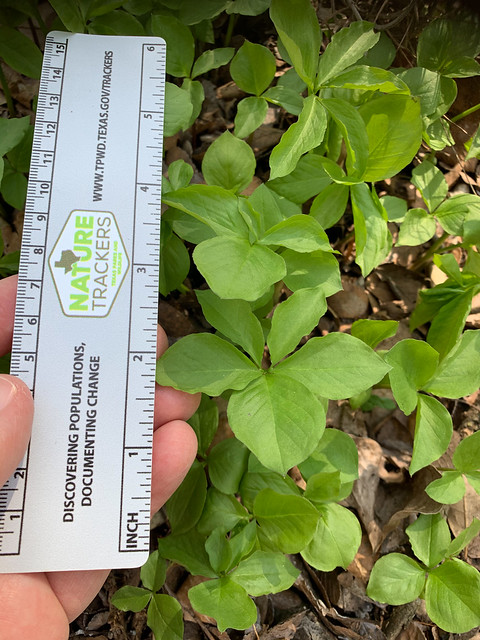Walburg BBS 2023-05-28
On Sunday, May 28, 2023 I ran my USGS Breeding Bird Survey route starting in Walburg, TX and running east along 25 miles of back roads with 50 survey points northeast of Austin and going south of Granger Lake. Here's an overview of the route, which was first run in 1980:
This was the first year I've run the route in May instead of June, and it was much birdier than previous years, the weather was nicer, and I just had more fun. I think I'll try to run it in May from now on. Here are some highlights from yesterday morning.
Stop 5 was a hilly area with mixed woods and open land. After watching two Common Nighthawks calling and foraging in the sky, I watched ten more emerge from a patch of woods, all silent and flying in the same direction. This must have been a migrating group that roosted together in those woods the night before. What a cool sight!
At point 8 I got to see the sunrise and took this photo. During the count I heard a Swainson's Thrush singing, which turned out to be a species never before recorded on this route! (It's a migrant this time of year, not a breeder in the area, and this was noted as such in the data.)
At point 13, near the end of the 3 minute observation time an Eastern Kingbird flew in and vocalized. Between there and the next point I saw half a dozen more, and then counted 3 more at point 14. It was cool to hear and see this group of migrating birds which have only been sporadically recorded in previous years on this route.
A single Tree Swallow at point 42 seen with a couple Barn Swallows, was only the third ever recorded on the route.
My favorite observation came at point 48. A bird sang only twice and I never saw it. During the observation period I couldn't remember what species this song was, although it was definitely familiar. After I finished the route I listened to Cassin's Sparrow songs in the Merlin app, and it matched perfectly. This was the first time for me to observe this species on the route, and it had only been detected 4 times before.
A few more reflections: I did not hear or see a single Northern Bobwhite or Horned Lark this year, but Dickcissels were all over the place. Eastern Meadowlarks were observed at 6 points. I'm always happy to observe them on this route, and saddened when I look at the historical data and see how much this grassland species has declined since 1980. At a couple points a Lark Sparrow flew in during the 3 minute observation period and hung around near me. It's always fun to see this species up close. And at point 34 a land owner spraying weeds at the border of his corn field in a UTV stopped to talk. It was a friendly interaction and was the first time anyone has asked what I was doing on this survey route.
After observing at point 50 I took this selfie, had some lunch, and drove back to Austin. I was happy to be able to collect data on this route another year.

